This feature is one of the articles that was first published in our monthly Dee Dee Zine. It’s only a tiny few pages of the 56-page magazine, so if you enjoyed this, please consider picking up a copy of the magazine to read more!
In 1998, director Gus Van Sant decided to do a “remake” of the classic Hitchcock thriller Psycho. It was a slavishly loyal remake, made with the deliberate intent of reshooting the film, frame-for-frame and shot-for-shot, just adding the modern production values around gore (in particular) that Hitchcock did not have access to.
People did not respond well to it. In Roger Ebert’s scathing review, he wrote: “Curious, how similar the new version is, and how different. If you have seen Hitchcock’ s film, you already know the characters, the dialogue, the camera angles, the surprises. All that is missing is the tension–the conviction that something urgent is happening on the screen at this very moment. The movie is an invaluable experiment in the theory of cinema, because it demonstrates that a shot-by-shot remake is pointless; genius apparently resides between or beneath the shots, or in chemistry that cannot be timed or counted.”
That is an excellent quote to describe how I feel about a lot of video game remakes. They’re often not “shot-for-shot” remakes (though sometimes they are). However, one common thread across many of them is, as Ebert notes, that they are proof that the genius of a work of art resides between or beneath the proverbial shots. What makes great games special works of art cannot simply be redone by another development team, and worse, the games industry loves ripping out the genius specifically to replace the original work. In that, the games industry frequently performs a far greater sin than even Van Sant did on one of Hollywood’s all-time greats.
Why they remake
The games industry is deeply in love with remakes. For the purposes of this article, they can range across anything from a light touch-up, maintaining the base game as is but updating the graphics so that they look more clear or more modern on the higher resolution and larger screens now available, right through to the fundamentally transformative works like what we saw with the Final Fantasy VII remake. The problem with all these projects – many of them still manage to be fine and entertaining games – is that they are acts to supersede the original work.
If the video game industry truly had respect for the artistry of the medium, they wouldn’t do that.
The problem is that, with how most remasters and remakes are treated, the implication is that the original work needed “fixing” – that there was something fundamentally wrong with that original work that needed updating to “work” for modern audiences. Perhaps the graphics that once impressed are now seen as “dated”. Or the original game was too challenging in some way. Many modern re-releases, which otherwise simply up-resolution the art, include new “quality of life” features, such as the ability to speed up the game, thus implying that the speed with which the original game ran was in some way a flaw.
But, like with that remake of Psycho, is the games industry actually ripping the artistic soul of these games out in the pursuit of something that will “resonate” with modern audiences (let’s face it, “sell more copies”)?
Artworks are not perfect. Artists are not perfect, and no one serious about the arts expects perfection. Indeed, it’s often in the flaws of artwork that we find the humanity of the piece because humans are inherently flawed themselves. When I look at AI-generated images, I don’t see art, because, by definition, what the AI has spat out is precisely what it was meant to spit out.
Any perceived “flaws” within it are merely an imitation of the human process. The AI itself might be coded poorly, but whatever an AI generates is always going to be 100 per cent accurate to the intent.
A human painter, meanwhile, might have a brush technique that others find poor or flawed. But that’s also what makes their painting uniquely theirs. The films of the great masters, such as Hitchcock, Kubrick, Godard, Kurosawa and others can be critically analysed – they’re never perfect – but across their oeuvre, that’s what makes their body of work uniquely theirs.
Video games don’t need to be – and shouldn’t be – seen as different here. The original Final Fantasy isn’t perfect, but those flaws also speak to its quality as an experience. The astronomically high difficulty of parts of Final Fantasy meant that players would spend hours walking their characters around the nearest town, fighting endless waves of randomly encountered enemies to grind up levels and make progress. Is that “good” game design? Absolutely not, by modern standards.
Is it part of the conversation of Final Fantasy as an artwork? Yes. And it’s something that modern Square Enix is determined to remove from the game. Just about every effort to remake and remaster Final Fantasy – including the most recent pixel remasters – massively reduces the difficulty. This makes the games far more “playable” to the modern audience. But it also means that Square Enix is undermining the intrinsic artistic quality of Final Fantasy. That conversation about the game’s difficulty that must be part of any critical analysis of Final Fantasy can no longer be there.
By reducing the difficulty, Final Fantasy is a much faster game to push through. That undermines the “epic adventure” and “overcoming adversity” qualities that people who played the original felt.
There’s also something less memorable about these remakes, precisely because the emergent narrative that came with the grinding or the moment you finally hit a high enough level to tackle a boss is gone. They ‘ re a lesser experience, for all the other ways that Square Enix has improved them.
Another great example is Resident Evil. The original Resident Evil 2 was a formidable horror game in part because it was so clunky to control. Those “tank controls” that were such a struggle in the original game made every encounter tense and taut. You knew, if two enemies come at you from different directions, you would be in trouble. Horror, as a genre, seeks to disempower the audience, and the tank controls were a manifestation of that.
The Resident Evil 2 remake was “fixed” so that it played much more responsively and naturally. It also had a big graphical update. It was rightfully lauded for being a hugely entertaining action game, but what few thought to acknowledge was that though it shared a general narrative and characters with the original, it had lost sight of what made that original such a watershed moment for the games industry.
This would be fine if these games were allowed to co-exist. Very few people enjoyed that Psycho remake, but no one was particularly bothered by its existence because you can quite easily find and watch the original Psycho. But in video games, remakes typically mean replacement. The original Final Fantasy is not available on Steam. Only the pixel remaster is. Yes, you can buy yourself an Anbernic emulation console, sail the high seas to find a ROM of Final Fantasy, and play it that way, but not everyone is comfortable with doing that, and they shouldn’t need to put themselves in that position to play the game.
Ultimately, this becomes an effort by the industry to erase vast swaths of the art created purely for commercial gain. The value of the original Final Fantasy to anyone is tiny. As curious as a player might be, Square Enix could only realistically charge cents for an archaic NES game. By eliminating that and producing an “updated” version, Square Enix benefits from being able to charge a premium. But that’s not exactly respecting the art form.
When it works
None of this is to suggest that remakes and remasters can’t have value in themselves. Square Enix is, again, a perfect example of that. The original Final Fantasy VII remains readily available on just about every modern platform. The Final Fantasy VII Remake, meanwhile, aimed to be part of the conversation. With Final Fantasy VII having a certain position on determinism (“fate”), environmentalism, and a host of other features, Final Fantasy VII Remake acts as a response to those themes. Sometimes VII Remake finds itself agreeing with the position of the original. Much more often, however, VII Remake actively subverts the position that the original game put forward.
This creates a fascinating contrast and “debate” between the two games and a conversation that acts to deepen both games. This is a fundamentally artistic approach to take to a remake.
Sadly, there are very few game developers or publishers that seem to see value in this. If you see Square Enix’s (again!) Stranger of Paradise as a remake of Final Fantasy 1 – and in broad terms it is – then it’s a second example, but otherwise, the video game is firmly locked into using remakes to supersede rather than support the original, and then remove the original from existence.
In doing that the video game industry continues to demonstrate that it has a lot of maturing to do as an art form.


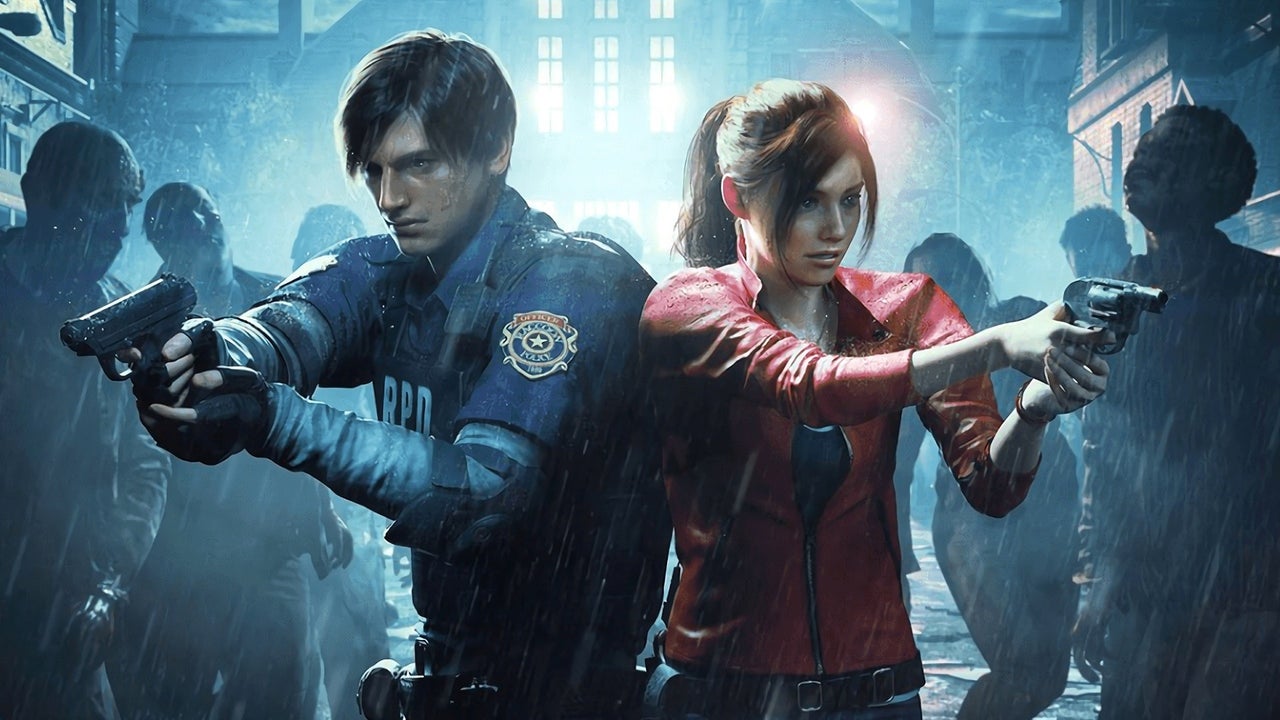
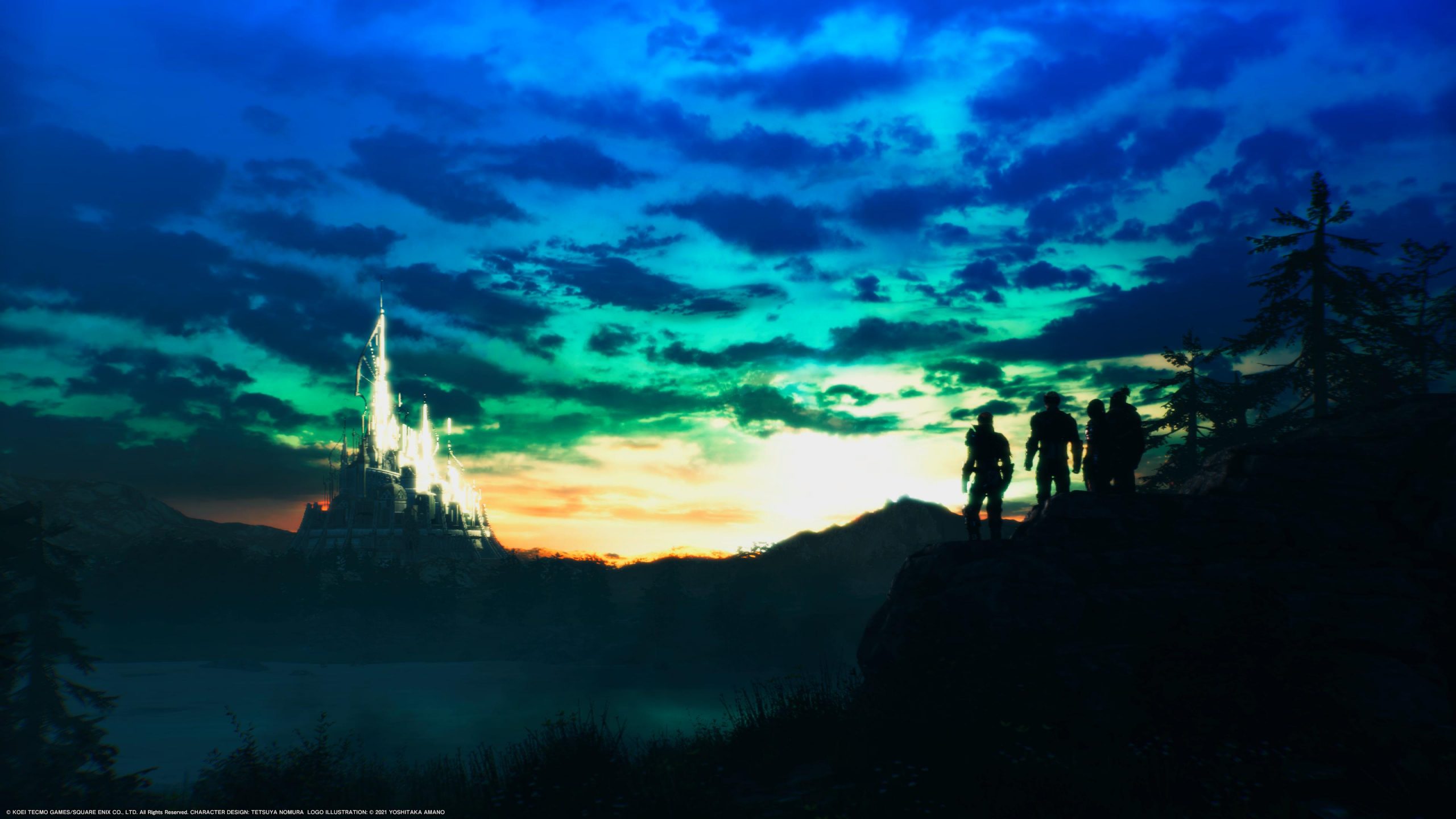
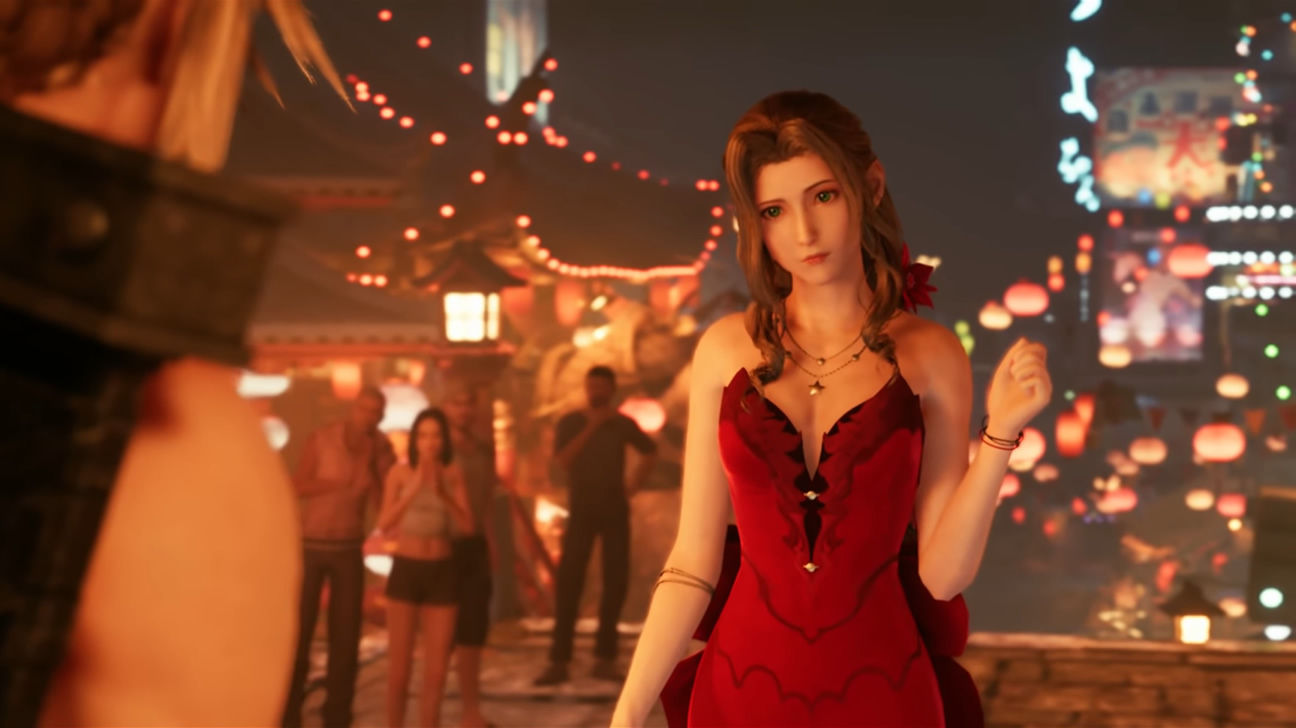
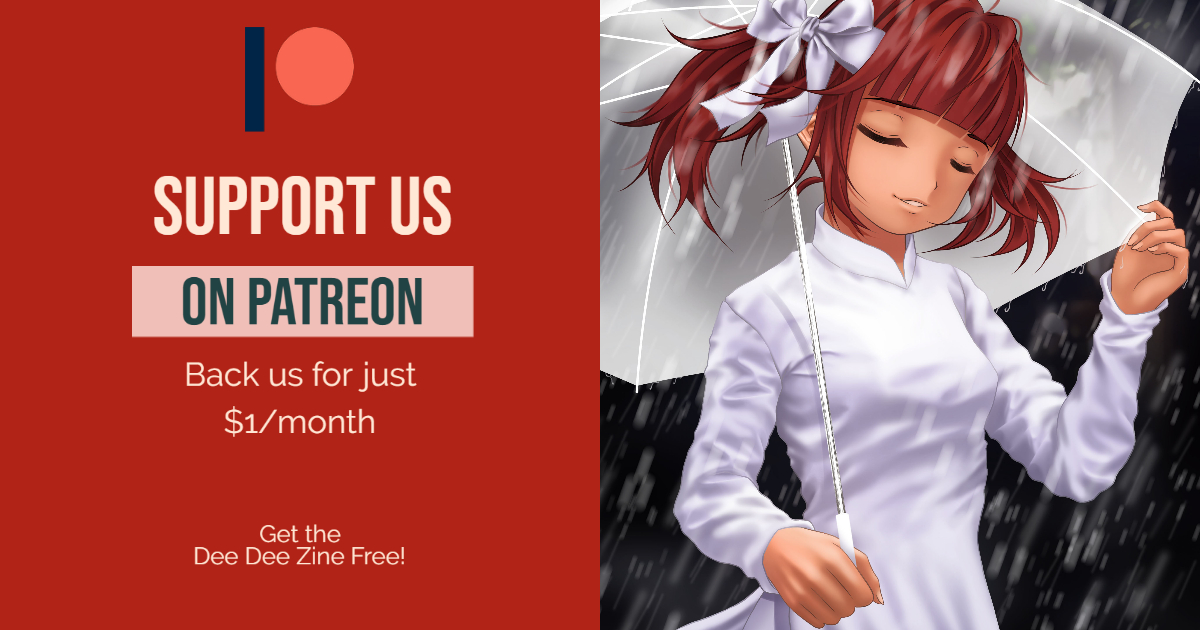
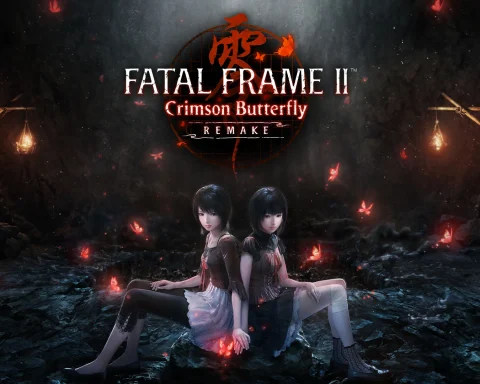
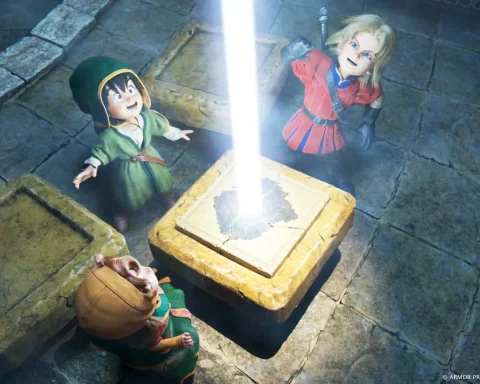
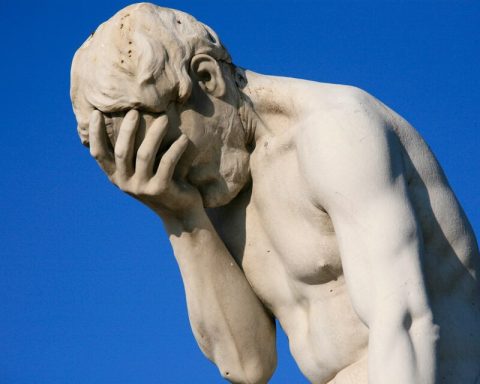
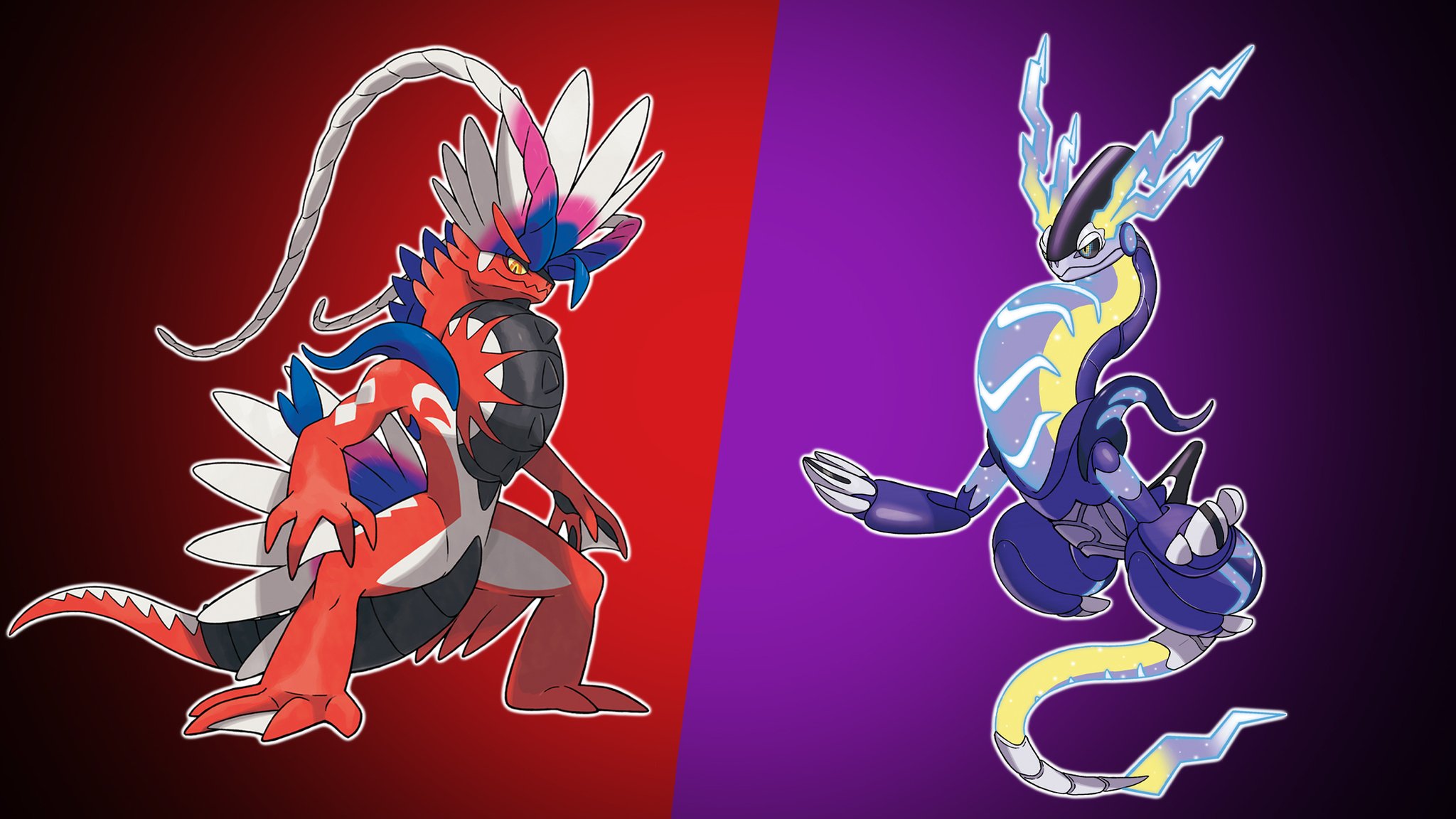
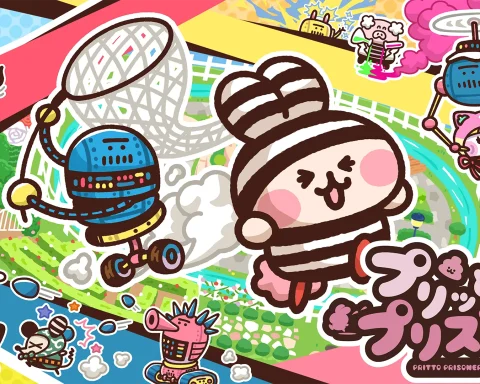
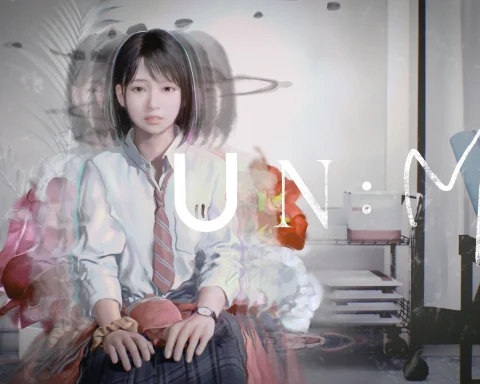
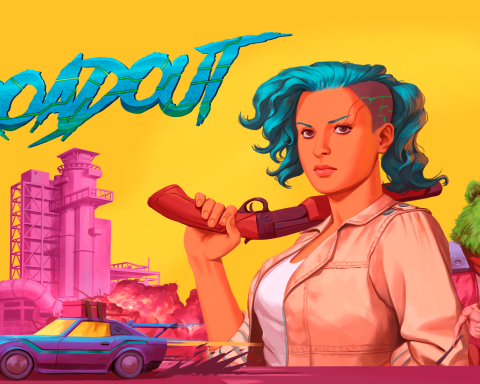
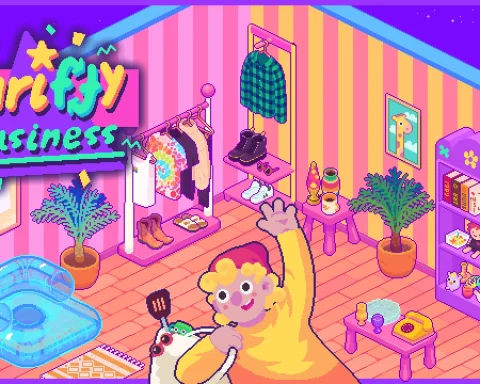
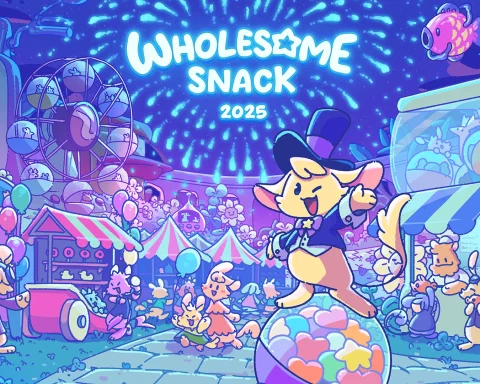
The difference between games and most other art forms though is that games are meant to be “played”, as in the player has an active role. That’s different than a film, book or painting. In general I’m all for remakes in videogames, unless it’s something as recent as the last of us and the remake is completely redundant. I completely agree that the original work should never be replaced though. That’s where games are sadly unique as well as companies van quite easily almost erase older games from history at this point.
Every art form does have its unique qualities, totally agree. For video gaming the interactivity of it does adjust the dynamics a bit (or a lot), for sure.
However there are points of commonality across all art forms (that’s why we view them as art!), and for that reason, I do think that sometimes it’s useful to compare and contrast what video games are doing to other mediums. That’s not saying one is superior to the other, but it’s handy to look for the points of commonality and see what each art form can “learn” from one another. 🙂
Good piece, Matt. I think the Pokémon remakes are examples of remakes that both try to supercede the originals but also keep the original experience intact, they do not try to erase the originals, and their insistence on re-releasing the original ROMs occasionally speaks to this as well. Curious how you’d view them.
Another thing: I think the focus on artistic *intent* is a little misplaced. Many aspects of pieces of art aren’t due to intent per se. They just happened to be that way. I wouldn’t call them accidents either. Art, much like any form of labour, is a fundamentally interactive endeavour. That means that the environment the artwork is made in (and with! Can’t forget the tools!) is just as much part of the construction of the piece of art as the artist’s own intent and bodily skillset. Looking at it this way, you can go beyond merely what the artist *intended*, and view the art piece as a unique construction of its time, environment, and the people that worked on it.
Looking at AI is a good example. Coding is notoriously uhh… let’s call it ‘clunky’. You don’t always get the results you intended or thought you’d get. This can leave a coded AI to act sometimes completely contrary to what was intended. But once the game ships with an AI that sometimes acts in ways unintended by the artist, these happenstances of the interaction between coder, the program, the game director and all of that becomes codified into the piece of art. They aren’t quite ‘accidents’ in that each line of code was written with intent, and those lines of code produce the unintended behavior, but because the result is unintended, they’re not quite ‘intentional’ either. If you view it through this more dynamic, interactive lens, I think this is pretty clear.
This also helps us understand why the shot-for-shot movie doesn’t hit the same in a better way instead of referring to a mystical, deeper genius of the director. The production of a film isn’t the process of a director determining what appears in each and every frame and willing it into existence. It is a complex interweaving of actors, camerapeople, special effects/lighting workers, whoever else worked on it (I know zero about film, can you tell?), but also the stage they used, the natural lighting of that day or instead the objects they used to block out that natural lighting and the lights they used instead. All of these come together to produce the film that you know. By reproducing the film shot-for-shot, frame-by-frame, you only copy one aspect of the film. A pretty important one, to be sure, but it’s so much more than that which created the original.
Interesting thoughts!
I do think that intent is more core than you do. I mean, you take any great artists and qualities from their work transfer from one to the next. Kubrick, Cameron, Godard or Hitchcock worked with different actors, cinematographers, lighting teams and so on from one film to the next, and yet there are qualities across their work that allow us to identify an oeuvre that no one else can perfectly replicate.
That’s not to say that everything you mention there isn’t valid – it absolutely is – and I’m certainly not suggesting that authorial intent is *everything* to a work. I simply believe that it’s important that we understand the artist to understand how the work ended up the way it is, and why *the artist* means it’s so difficult to replicate a great work of art.
Regarding Pokemon, I think that because Nintendo/Game Freak do try and make the originals available, the regular effort to remake them is a good thing. I know that a lot of younger players found Pokemon Blue and Red effectively unplayable when they were released on the Virtual Console, so in that context having the “remake” in Pokemon Let’s Go was a good thing. Because ultimately whether it’s the original game or a remake the more people that have access to and are able to appreciate the work, the better.
It’s just important that the originals are there in parallel!
I don’t disagree it’s of vital importance, and I didn’t mean to understate it, but I think the hyperfocus on it often misses what makes the piece of art the actual, material piece that it is, and I think it’s especially that that helps us analyze and understand why a remake feels as it does
Better yet, intent itself is not an atomistic, independent object that you can transfer from one environment to another, like a cup of tea. An intention is itself already something that exists in a particular, historical, sociomaterial environment. This of course does not mean there isn’t something particular to an artist’s style or manner of working, which are also factors that can influence a work’s feel in ways that you may not immediately grasp when you’re doing a shot-for-shot remake.
The issue with remakes like that is that when you analyze each frame to see how to replicate it, what you do and don’t pick out as a feature of the frame is dependent on your own training, your own history, your own *eyes* basically. And it is exactly because everyone has their own perspective (and it is often this unique perspective that makes artists stand out), a remake is always going to be a reimagining of sorts, even if it’s shot-for-shot ‘identical’.
I think you are right. My problem with all the remakes coming out is how they have replaced the originals in the eyes of modern audiences. The ‘quality of life changes’ really effect the experience, especially in old turn based games where people can just speed things up, turn off encounters or even double XP and money.
I’ve argued against these things for years, and the arguments I’ve heard in favor of the additions is that ‘they are optional’ and therefore completely fine. I don’t like it effects the games pacing and I don’t like how it effects discussion surrounding the game. I remember a couple years ago, my cousin beat Final Fantasy XII for the first time, except he beat the PS4 remaster of the international edition. So we discuss the game and one thing I didn’t like was one of the last dungeons, it was too long and it has these annoying trial and error traps that would warp you back to the bottom of the dungeon. My cousin goes ‘oh, I play at 4 times speed so the run from the bottom takes almost no time at all’. The other thing I noticed is that his perception of the stories pacing was much different than mine.
Who are these additions for? If you actually like the gameplay then why are fast forwarding it? Why would you want to completely turn off encounters? Why have the ability to just be level 99? Who is it for? My guess is for people that want to be able to say they’ve beaten Chrono Cross without having to really engage with it.